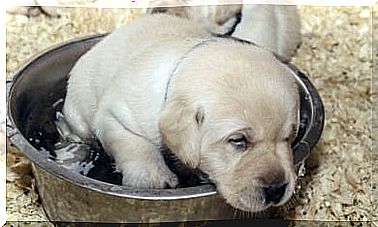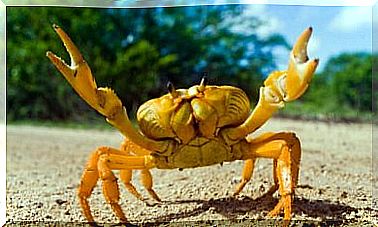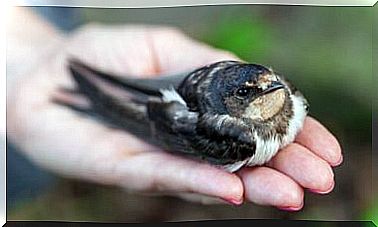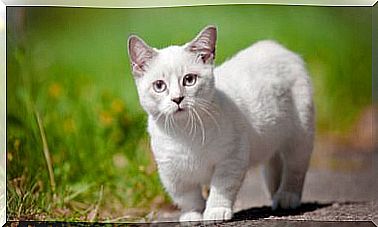5 Types Of Albino Animals: A Wonder Of Nature

Albino animals are a rarity of nature. The causes of albinism are genetic and it is caused by a lack of pigmentation in the skin, eyes and hair. It can be of various degrees and is different from the natural white color of animals.
Many animal species have cases of albinism, including humans. This condition can be a great disadvantage in the wild, as there are more chances of being detected and preyed on on an individual level.
Albinism and leucism
Both have a genetic origin, but they are different. Albinism is a recessive inherited disorder that occurs when an individual inherits one or more mutated genes from both parents. This mutation leads to a reduction or absence of melanin, the most abundant pigment in living beings that gives us the color of the skin, hair and eyes.
The lack of melanin affects the melanocytes of the skin, the hair follicles and the eyes, an event that results in white skin and hair and red eyes, because the blood vessels in the back of the eye are not hidden by a pigment, which gives them that reddish or pinkish appearance.
However, not all white animals are albinos. Some are naturally white or have other alterations such as leucism or Isabellaism.
Leucism is the partial or total lack of eumelanin or pheomelanin – forms of melanin in living beings that give dark and reddish colorations – also due to genetics. In this case, it is a recessive allele that affects the migration and differentiation of melanocytes in the development of the individual.
What albino animals are there?
There are a large number of examples of albino animals. In the great diversity that exists on the planet we find many cases of albinism that are studied by scientists with the aim of knowing whether or not it affects the survival of the animal. We give you 5 incredible examples of it.
1. The albino python and the trade in exotic albino animals
Albinism is a trend in the exotic animal trade and is a real claim to collectors. One of the best known examples is that of albino pythons.
Pythons are snakes of great length that can reach up to 8 meters and belong to the group of constrictor snakes, since they defeat their prey by suffocating them by rolling their muscular body against them.
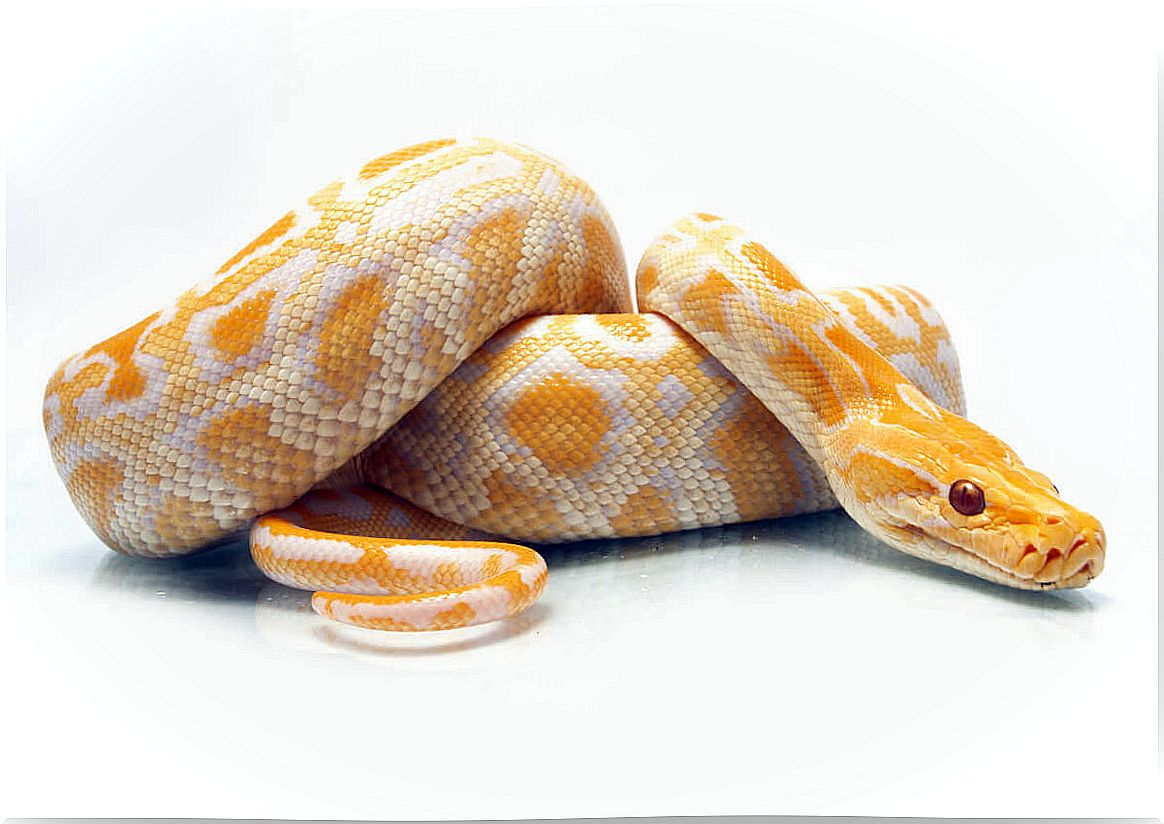
2. The albino humpback whale Migaloo
Albinism in these cetaceans is so rare that it has given this specimen of humpback whale a proper name. Migaloo was first sighted in 1991 and is protected by the Australian government. Few lucky ones have managed to see the whale during its journey from Antarctica to Australia.
Being a marine animal, it is difficult to know more about its entire life and scientists have not yet confirmed whether it really is an albino specimen or a leucistic animal.
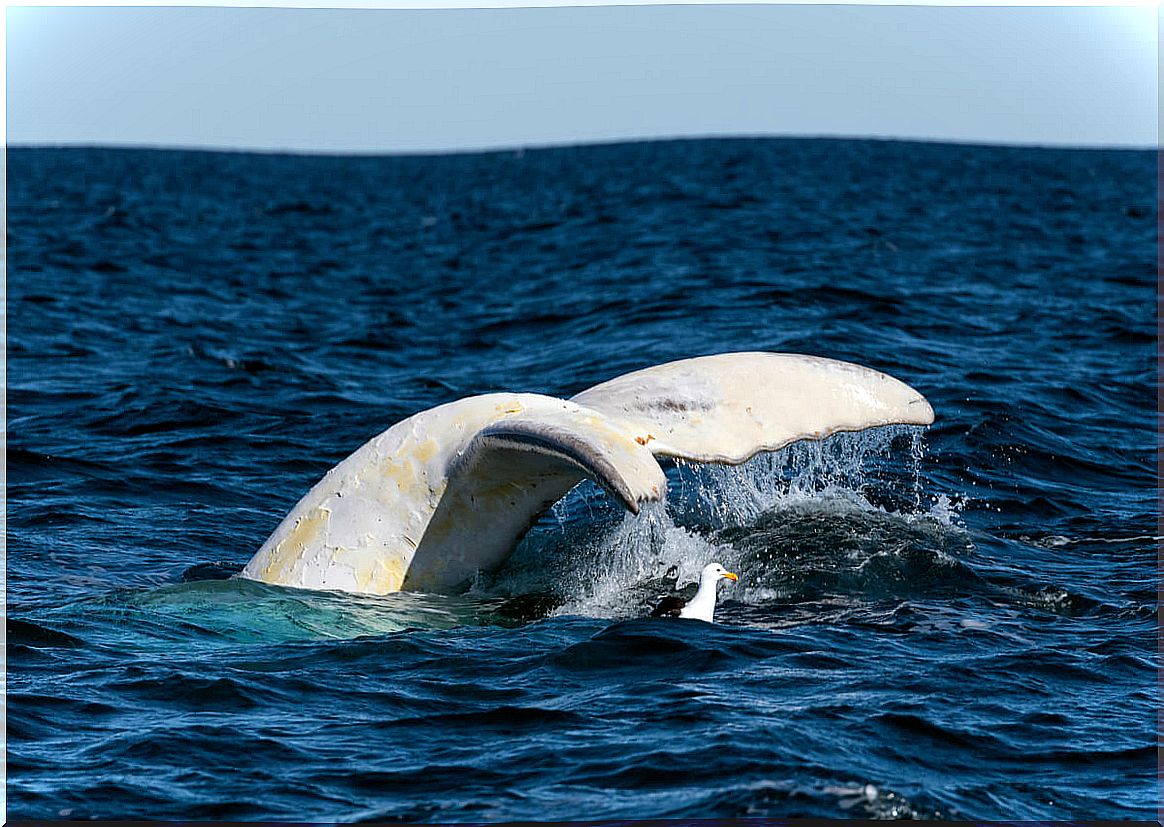
3. The albino bats of the Amazon rainforest
Albino bats of the species have been found in the Amazon rainforest Peropteryx kappleri . The animals had red eyes, white fur, and whitish – almost transparent – wings.
With this finding, researchers are considering how albinism affects the life of bats, which, being nocturnal and spending all day in caves, may be less affected by this condition than other animals.

4. One kangaroo in 100,000
Among kangaroos, the probability of being albino is very low. One of the most recent cases occurred at the Panorama Gardens sanctuary in Australia. A female giant kangaroo gave birth to an albino calf, the result of crossing with a male also albino.
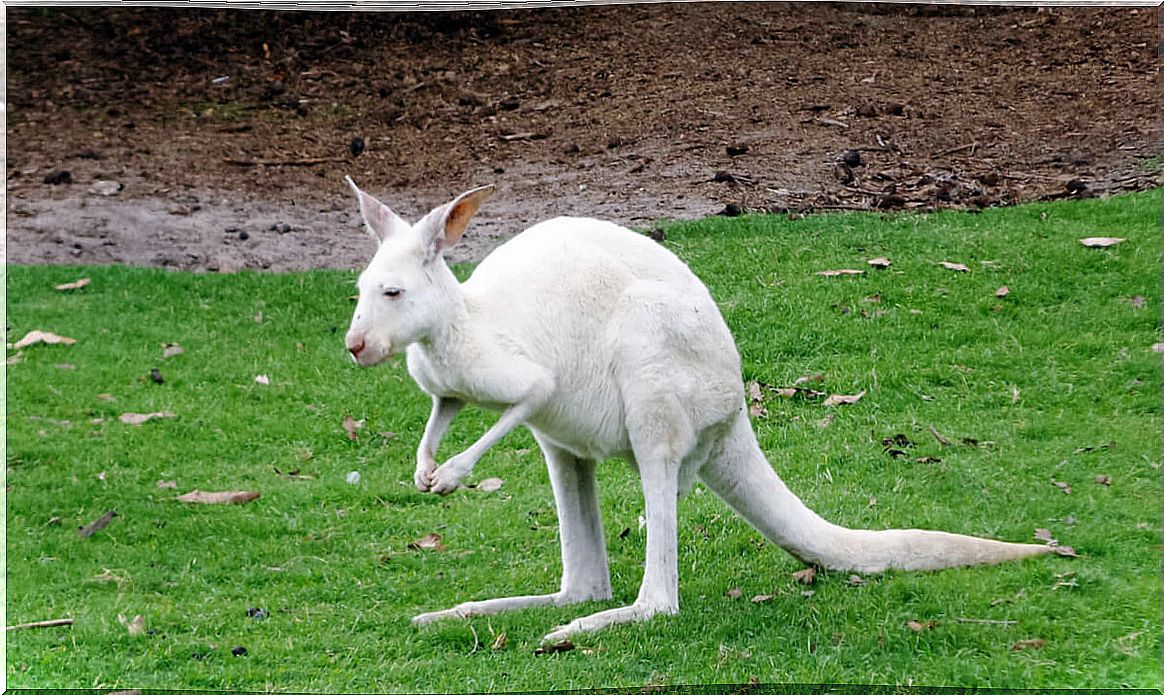
5. Snowdrop , the albino penguin
Snowdrop was the name of the African albino penguin from Bristol Zoo in England. He died in 2004 and until the news of the birth of another albino specimen in a zoo in Poland in 2019, no other cases have been known.
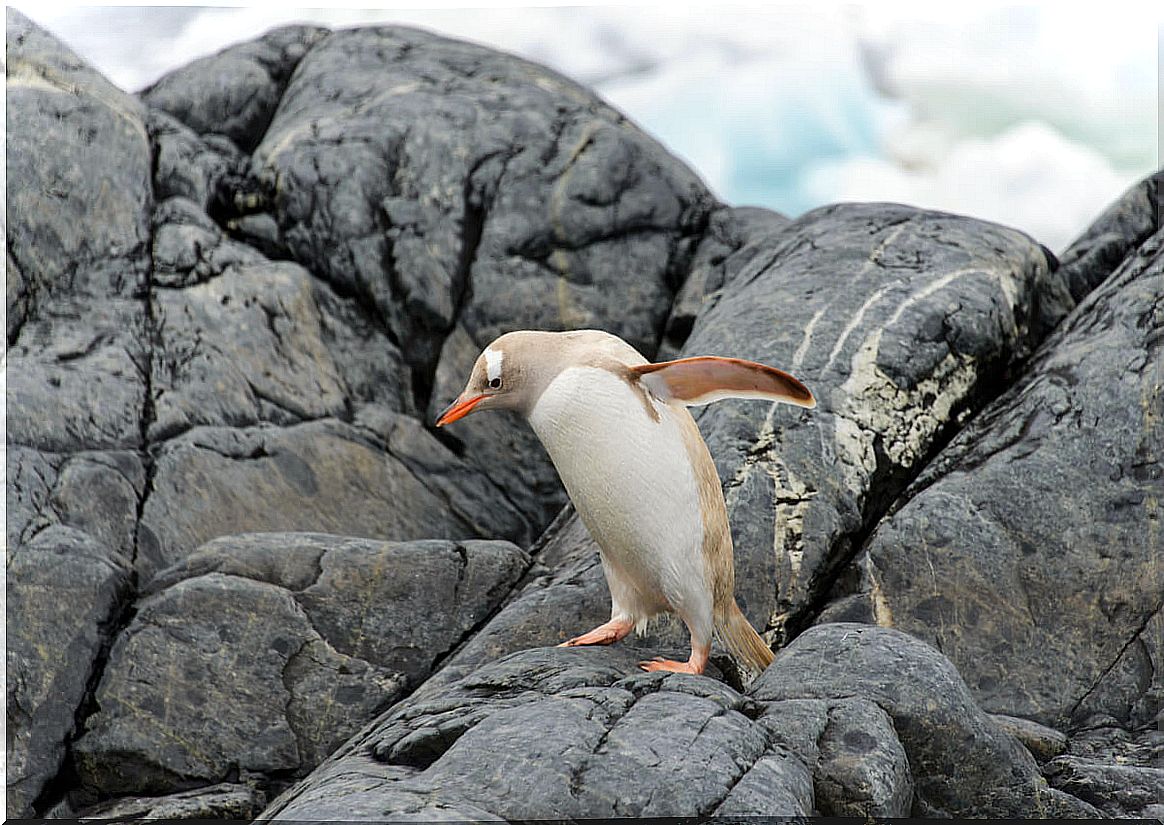
Being an albino is a danger in nature, because a white coat in the middle of the jungle or the sea sticks out too much, both for prey and predators . This is why most albino animals that reach adulthood are raised in zoos or recovery centers.
